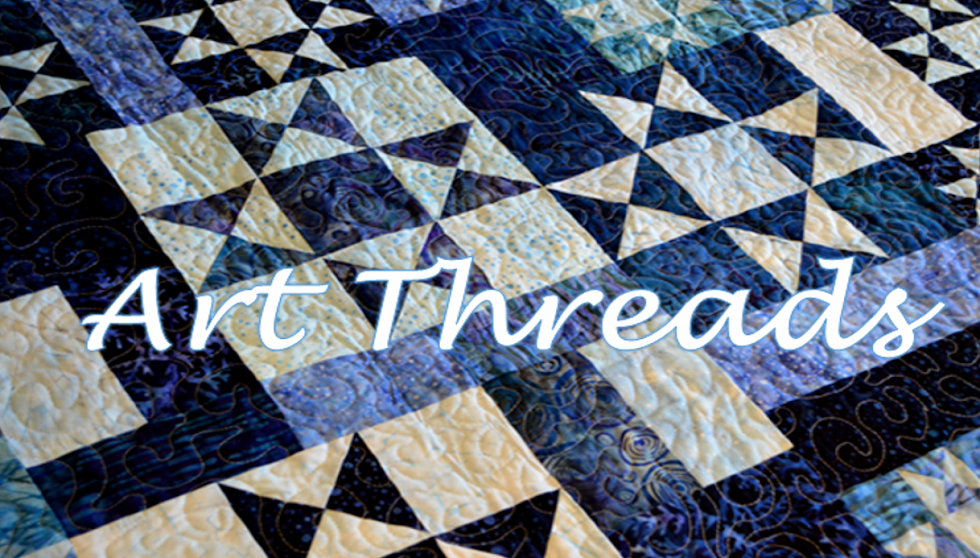I've been working with North Star (or Sawtooth Star) patchwork for a few weeks now and love this pattern! It's easy to get a really nice looking block - as long as you pay attention to a few simple things like matching the seams and sewing just on top of the point. You'll see! The first project I made was a potholder - actually two!. I had some fabric left over from the 4th of July quilted table mat that was perfect for a coordinated set. I have another project that I'll have a tutorial for in a bit - it's turning out really well and I'll give you a tiny preview at the end of this post.
Materials:
*Two coordinating fabrics
Fabric A is the background fabric
Fabric B is the star fabric
*backing fabric
*1 yard bias tape for each potholder
*fusible felt
*optional - Insul-Brite or other insulating material
1. For each potholder cut:
four 1 1/2 x 2 5/8 inch rectangles from Fabric A
eight 1 1/2 x 1 1/2 inch squares from Fabric B
four 1 1/2 x 1 1/2 inch squares from Fabric A
one 2 5/8 x 2 5/8 inch square from Fabric A
two 1 1/2 x 4 7/8 inch rectangles from Fabric B
two 1 1/2 x 7 inch rectangles from Fabric B
two 1 1/2 x 7 inch rectangles from Fabric A
two 1 1/2 x 9 3/8 inch rectangles from Fabric A
2. Right sides together, place one Fabric B square on one Fabric A small rectangle, matching corners on one end. Beginning at the point where my finger is, sew from one corner of the square diagonally to the other. You can crease the fabric with your fingernails or draw a line to help you. Trim and press open.
3. With right sides together, place another Fabric B square at the other end of the Fabric A rectangle. Beginning at the inside corner again, sew from one corner of the square diagonally to the other. Trim and press open. You've now made one flying geese rectangle! Make three more.
4. Attach two of your flying geese rectangles to opposite sides of the Fabric A large square. Pin right sides together, matching corners. Sew in a 1/4 inch seam (use the same seam width throughout) along the long end of the flying geese rectangle, sewing just over the top of the point (where the seam ripper is pointing). Press open.
5. Sew a small Fabric A square to each end of the other two flying geese rectangles. Press open.
6. Attach the last two flying geese rectangles to the two open sides of the large Fabric A square, making sure you match the seams. Press open.
7. Your block should now look like this!
8. Sew a shorter Fabric B rectangle onto two opposite sides of the block. Press open.
9. Sew the longer rectangles onto the two open sides of the block and press open.
10. Sew the shorter of the Fabric A rectangles left to opposite sides of your block. Press open. Sew the longer rectangles on the two open sides and press open.
11. Cut a piece of backing fabric, a piece of fusible felt, and an optional piece of Insul-Brite the size of your block. Fuse the felt to the back of your block, layer the Insul-Brite under this, and the backing on the bottom. Pin in place.
10. To quilt, I used what's called "stitch in the ditch." Some people do this with the quilting foot and/or with the feed dogs down. That doesn't work well for me, but give it a try on a scrap piece and see how it works for you. The idea here is to sew exactly in the "ditch" of each seam - put your machine on very slow and it's not too hard to get the hang of. An alternate quilting method would be to sew just outside each seam in an outline quilting stitch.
11. When finished quilting, I folded the potholder in quarters and cut a rounded corner.
12. Apply bias tape (see here for a tutorial) and you have a potholder! Here's a view of the back.
And a sneak preview of the next North Star project!
Happy Creating! Deborah


















































